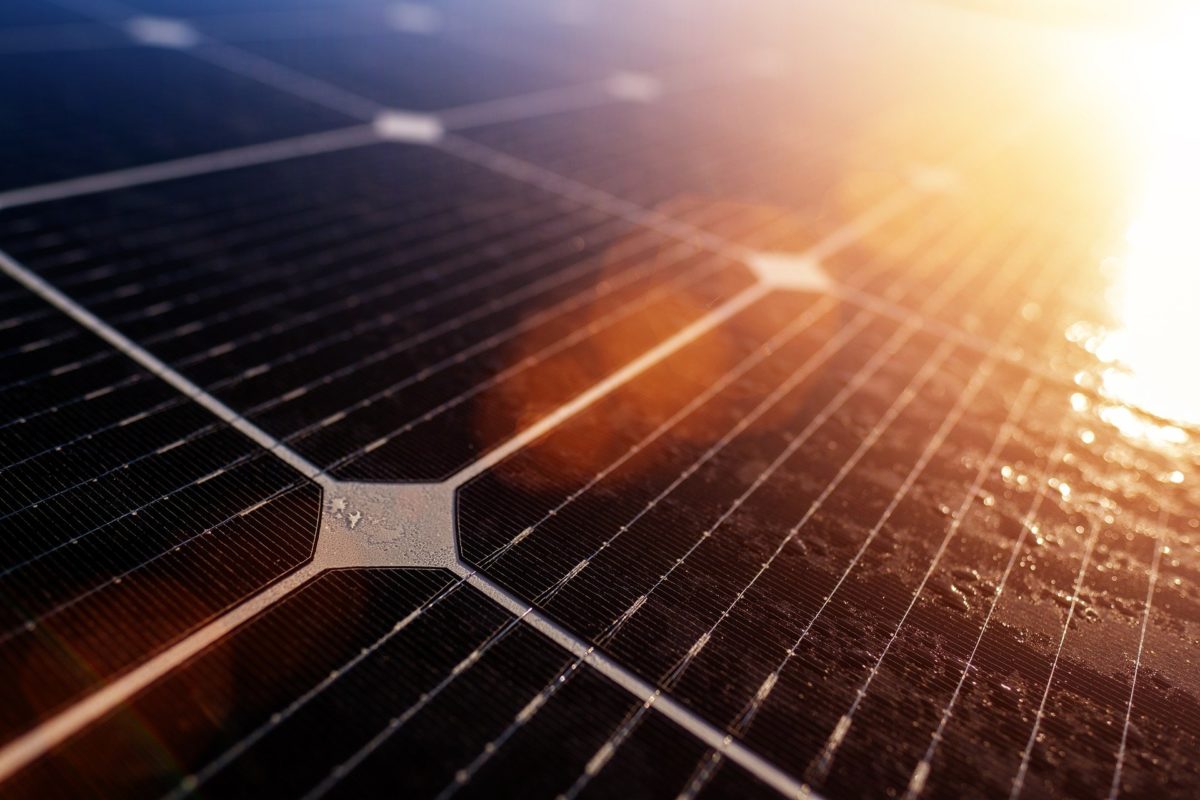From pv magazine USA
Ten scientists have projected the innovation pathways for the major PV cell technologies over the next five years, in an open-access article in Cell.
Although installed PV capacity worldwide exceeds 1 terawatt (1,000 GW), solar’s contribution to worldwide electricity generation remains small, the researchers said, at 5% to 6%. Given an “urgent need” to deploy PV at multi-terawatt scale over the next two decades to mitigate greenhouse gas emissions, “PV device innovation takes on new urgency and impact.”
Continued research that leads to “even relatively small advances” in efficiency, reliability and manufacturing efficiency “will have major future impacts at multi-TW scale,” the researchers said, noting these factors combine to make “the increasingly compelling value proposition” for PV power generation.
While crystalline silicon PV had a 95% market share in 2022, in a “terawatt-scale future” with “PV everywhere,” multiple technologies may be complementary, or combined, they said.
The silicon PV technology known as TOPCon (tunnel oxide passivating contact), with a market share of 23%, will “overcome” production of PERC (passivated emitter and rear cell) PV by 2025 and “is likely to become the technology of choice for new-cell manufacturing in the US,” the article predicts.
Crystalline silicon PV cells are approaching the single-junction theoretical maximum efficiency of 29.4%, they said.
Research is still needed, they note, to develop high-temperature, selective area passivating contacts on both sides of the PV cell (“advanced TOPCon”), to improve the transparency and conductivity of heterojunction technology (HJT) contacts (“advanced HJT”), and to combine the latest HJT or TOPCon technologies with an interdigitated back contact (IBC) structure, “which could reach an ultimate practical efficiency of 28% possibly as soon as 2025.”
pv magazine print edition
Yet as the theoretical limit is approached, “several new modes of degradation, called carrier-induced degradation, and metastable defects are unveiled,” the reseachers said.
The industry “is working to reduce or eliminate” the use of scarce materials such as silver for the formation of grid lines and indium used in transparent conductive oxides, the authors say. Several PV companies and research laboratories have announced HJT PV cell design with reduced indium consumption “or even indium-free” HJT cells.
To continue reading, please visit our pv magazine USA website.
The views and opinions expressed in this article are the author’s own, and do not necessarily reflect those held by pv magazine.
This content is protected by copyright and may not be reused. If you want to cooperate with us and would like to reuse some of our content, please contact: editors@pv-magazine.com.



1 comment
By submitting this form you agree to pv magazine using your data for the purposes of publishing your comment.
Your personal data will only be disclosed or otherwise transmitted to third parties for the purposes of spam filtering or if this is necessary for technical maintenance of the website. Any other transfer to third parties will not take place unless this is justified on the basis of applicable data protection regulations or if pv magazine is legally obliged to do so.
You may revoke this consent at any time with effect for the future, in which case your personal data will be deleted immediately. Otherwise, your data will be deleted if pv magazine has processed your request or the purpose of data storage is fulfilled.
Further information on data privacy can be found in our Data Protection Policy.